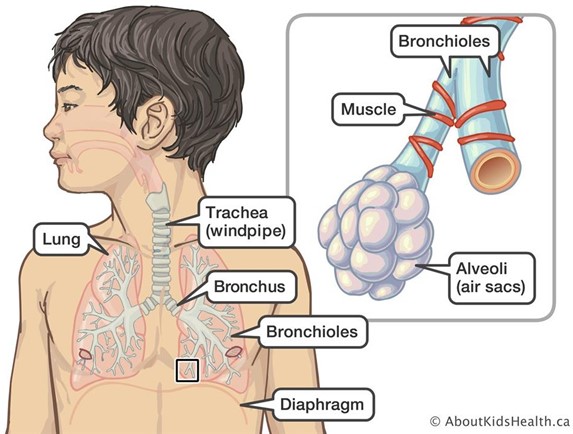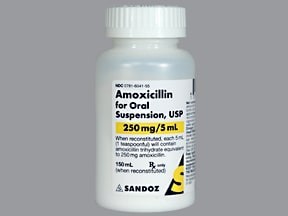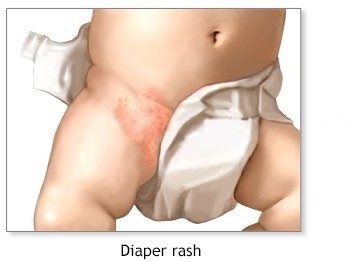A 1-year-old child with respiratory syncytial virus (RSV) has been admitted to the pediatric unit. The nurse observes that the child has a fever, rhinorrhea, frequent coughing, and sneezing.
Which additional finding should alert the nurse that the child is in acute respiratory distress?
Flaring of the nares.
Bilateral bronchial breath sounds.
Diaphragmatic respirations.
A resting respiratory rate of 35 breaths/min.
The Correct Answer is A
Flaring of the nares is a sign of increased respiratory effort, which is a manifestation of acute respiratory distress. This finding occurs when the child is attempting to draw in more air to meet the increased demand for oxygen.
Bilateral bronchial breath sounds can indicate consolidation or a bronchial obstruction, but they are not specific to acute respiratory distress.
Diaphragmatic respirations are a normal finding and may occur in response to respiratory distress, but they do not necessarily indicate acute respiratory distress.
A resting respiratory rate of 35 breaths/min is within the normal range for a 1-year-old child and does not necessarily indicate acute respiratory distress.

Nursing Test Bank
Naxlex Comprehensive Predictor Exams
Related Questions
Correct Answer is ["1.3"]
Explanation
1.3 mL of amoxicillin suspension with each dose.
To calculate the correct dose of amoxicillin to give to the child, follow these steps:
Step 1: Convert the child's weight from pounds to kilograms. 18 pounds ÷ 2.2 = 8.18 kilograms
Step 2: Calculate the total daily dose of amoxicillin. 25 mg/kg/day x 8.18 kg = 204.5 mg/day
Step 3: Divide the total daily dose into two equal doses to be given every 12 hours. 204.5 mg/day ÷ 2 doses = 102.25 mg/dose
Step 4: Determine how many mL of the suspension contain 102.25 mg of amoxicillin. 400 mg/5 mL = 80 mg/mL 102.25 mg ÷ 80 mg/mL = 1.28 mL

Correct Answer is D
Explanation
The most significant finding in planning care for this family is that the infant's diaper area shows severe skin breakdown. Severe skin breakdown in the diaper area can be a sign of diaper rash or other skin irritation, which can cause discomfort and disrupt the infant's sleep. Addressing this issue can help improve the infant's comfort and promote beter sleep. The other options (A, B, and C) may also be relevant, but severe skin breakdown in the diaper area is the most significant finding in this situation.

Whether you are a student looking to ace your exams or a practicing nurse seeking to enhance your expertise , our nursing education contents will empower you with the confidence and competence to make a difference in the lives of patients and become a respected leader in the healthcare field.
Visit Naxlex, invest in your future and unlock endless possibilities with our unparalleled nursing education contents today
Report Wrong Answer on the Current Question
Do you disagree with the answer? If yes, what is your expected answer? Explain.
Kindly be descriptive with the issue you are facing.
